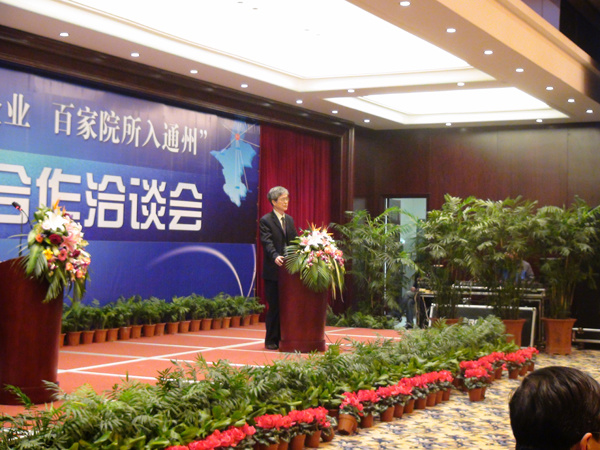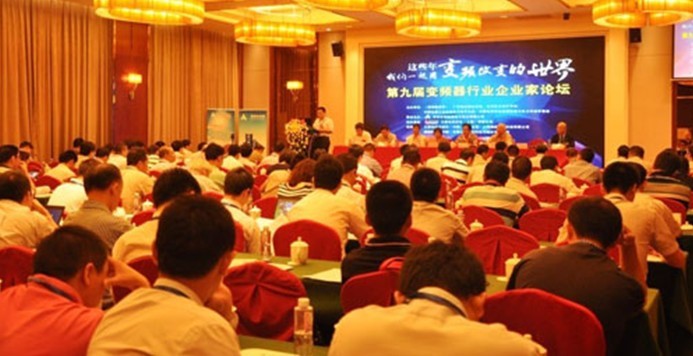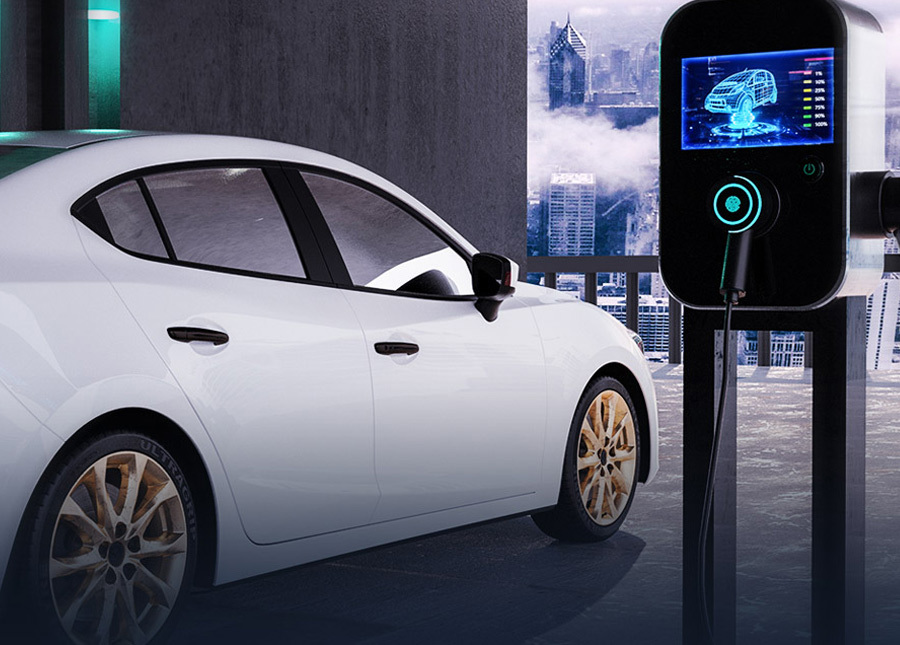The Development Trends of Automotive Electronics
Release Time:
Feb 25,2022
Networking refers to the use of bus technology to connect numerous control modules (or nodes) inside the car, forming a local area network within the car, achieving information sharing, reducing wiring harnesses, and improving maintainability. At present, the mainstream in car networks include power bus, body bus, multimedia bus, and wire control network.

Automotive electronic products can generally be classified into two categories: automotive electronic control devices and in vehicle electronic devices. The former is used in conjunction with mechanical systems in the car, which is a semiconductor market application structure called "electromechanical integration". Automotive electronic devices include engine control systems, chassis control systems, and body electronic control systems. The latter is an electronic device that can be used independently in the automotive environment, and is not directly related to the performance of the car itself, including automotive information systems, navigation systems, automotive audio and television entertainment systems, etc.
With the development of automotive electronic technology and the increase of automotive control units, automotive electronic technology is moving towards centralization, intelligence, networking, and modularity.
Centralization is aimed at reducing the excessive number of controllers in cars, concentrating multiple functions into one controller, such as integrating the engine management system and automatic transmission control system into the comprehensive control (PCM) of the powertrain system; Integrate the Anti lock Braking Control System (ABS), Traction Control System (TCS), and Drive Anti slip Control System (ASR) for braking control, etc
Intelligence refers to the process of inputting experience or optimal operating data into a vehicle in advance, and monitoring the vehicle's operating status to automatically adjust it to a stable and flexible driving state. By monitoring the surrounding environment of the vehicle, the vehicle is automatically adjusted to the optimal speed, maintaining an appropriate distance from surrounding objects (pedestrians, vehicles, etc.), and ensuring safe driving. Such as Vehicle Stability Control (VSC) and Adaptive Cruise Control (ACC).
Networking refers to the use of bus technology to connect numerous control modules (or nodes) inside the car, forming a local area network within the car, achieving information sharing, reducing wiring harnesses, and improving maintainability. At present, the mainstream in car networks include power bus, body bus, multimedia bus, and wire control network.
Keywords:
More information









